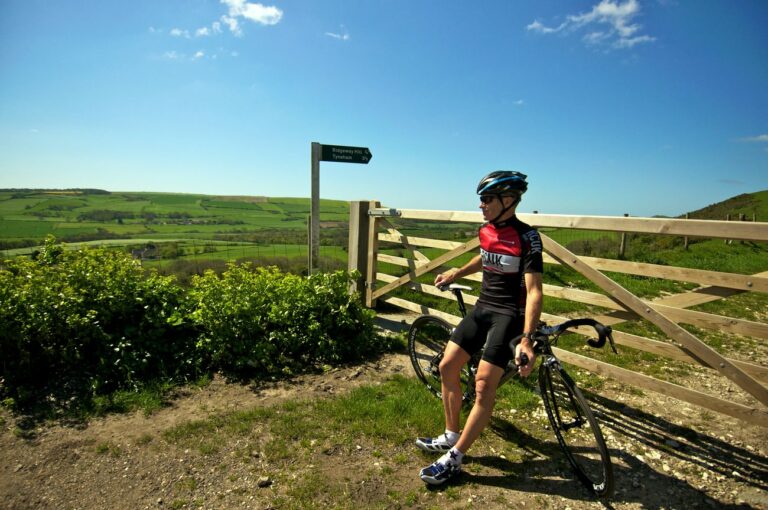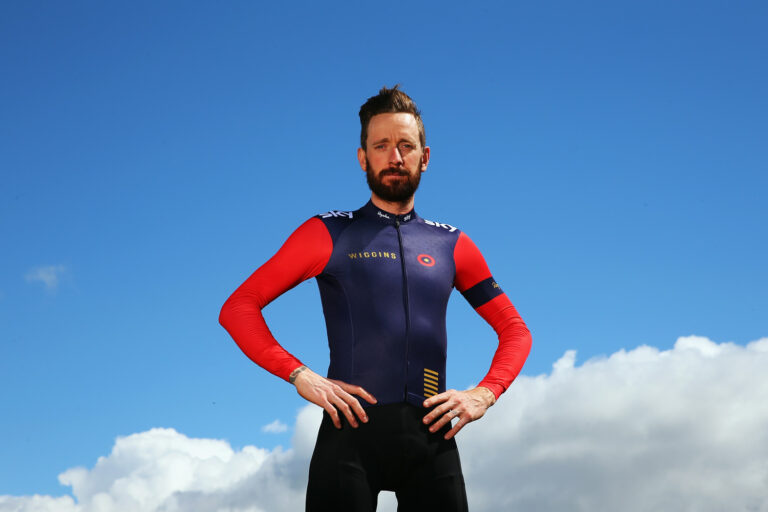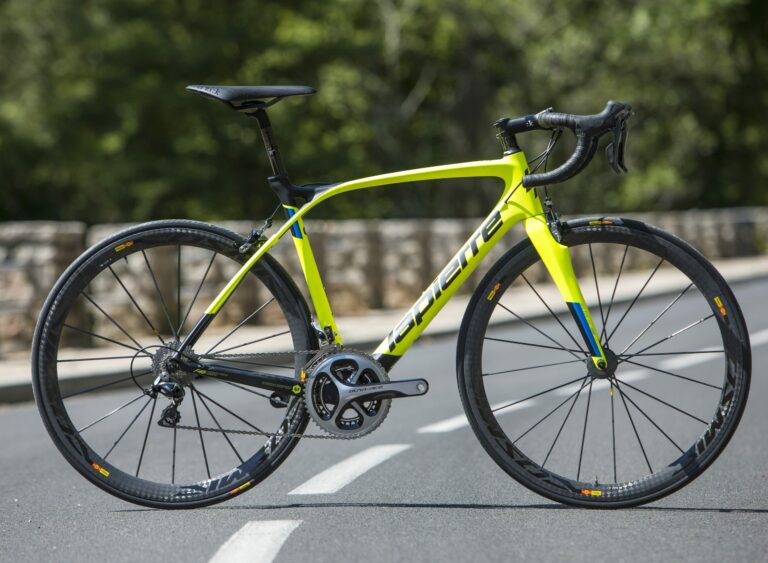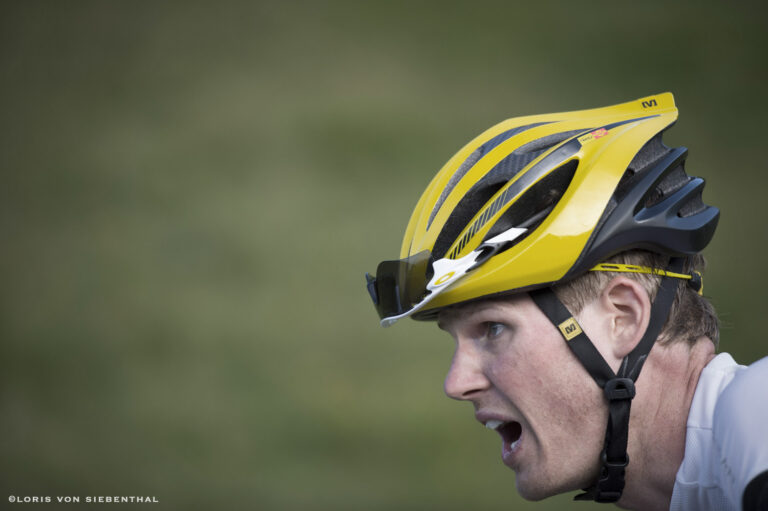Merida have updated their super-light climbing machine, the Scultura, and the revamped frame attempts to capture the current zeitgeist of road bike development by combining low weight, aerodynamics and comfort in one package. It also sees Merida lay claim to the title of the world’s lightest production bike.
The frame, unveiled in Italy ahead of the first Grand Tour of the season, will initially be available in two versions, weighing approximately 740g and 800g respectively, with the latter to be ridden by the Lampre-Merida team at the 2015 Giro d’Italia.
The introduction of this latest version of the Scultura has also seen Merida wade in to cycling’s weight war, with the flagship Scultura 9000 Ltd tipping the scales at just 4.56kg. We’ll come on to that but there’s now more to the Scultura than weight.
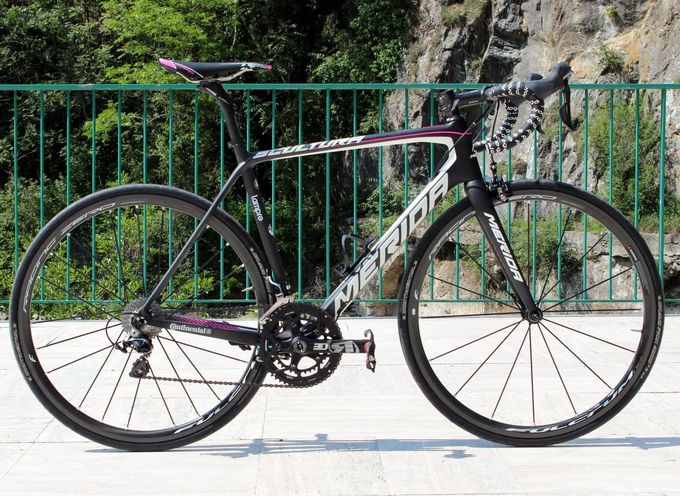
The Scultura was first introduced in 2006 as an 1,100g frame, with Merida’s design objectives to create a machine which was light, stiff, comfortable and with aggressive handling. The frame has been updated twice since then, in the form of the Scultura Evo in 2008 and the Scultura SL in 2012.
This time out, Merida’s engineers added two additional design goals inspired by trends which have evolved since 2006: aerodynamics and the ability to accept 25mm tyres (the old Scultura only had space for 23mm at the rear). First up, let’s deal with aerodynamics.
“We focussed on light weight, stiffness and comfort [with the original Scultura],” said Merida’s Juergen Falke, director of products. “Aerodynamics was not on the [original] wish list.”
The tipping point, however, came when Germany’s Tour magazine published a bike test which requested one lightweight and one aerodynamic machine from 12 major manufacturers, and compared their performance over a 100km course with 2,000m of climbing, ridden at 200 watts. What would prevail? An aerodynamic bike or a climbing bike?
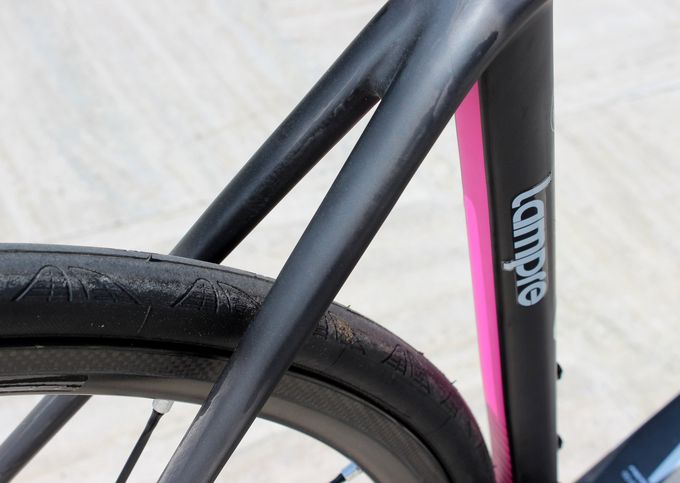
Aerodynamics ultimately trumped, deemed more important on most terrain bar the steepest roads, and Merida’s wind-cheating machine, the Reacto Evo, came second in the test, whereas the Scultura was stone last. Back to the drawing board. The resulting 2015 version of the Scultura is a frame which has a semi-aero flavour. It doesn’t adopt the full-fat aggressive tube profiles of the Reacto Evo, but instead Merida have sought to boost the Scultura’s aero prowess without impacting on the frame’s raison d’etre – weight.
As a result, the Scultura adopts a truncated airfoil design on the rear of the fork, downtube, seattube and seatstays. The truncated airfoil – or Kammtail – is now the go-to shape when designing an aero bike, with manufacturers claiming that it tricks the wind into following the shape of a full airfoil, while saving weight and improving stiffness thanks to the truncated design. The Scultura’s Kammtail truncates earlier than that of the Reacto Evo, so it’s not as aerodynamic but it is lighter.
Merida have also moved the rear brake from the seatstays to behind the bottom bracket, though this is as much to improve comfort, reportedly allowing the seatstays to flex both horizontally and vertically, and growing the area that can flex as there’s no brake bridge, as it is to improve aerodynamics.
At the other end. Merida, like other manufacturers, say the front half of the bike (primarily the headtube, fork and downtube) are most important when it comes to aerodynamic performance and so have shrunk the tapered headtube to 1-1/8”-1/1-4” to reduce the frontal aero of the frame. All in all, the updated Scultura boasts a claimed ten per cent aero improvement over its predecessor, while in Merida’s wind tunnel tests, it now sits somewhere between the existing Scultura and the Reacto Evo.
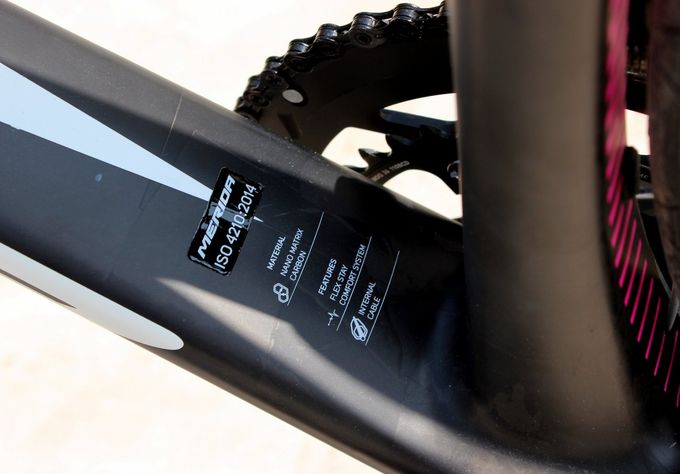
So what about weight? As we mentioned at the top, the Scultura frame will come in two versions: the Scultura CF4, which has a claimed weight of approximately 800g, a saving of 50g over the old model, and the Scultura CF5, which drops the weight again to around 740g, which puts it in the ballpark of the lightest frames on the market, if not as light as the likes of the Trek Emonda SLR. As a side note, Falker cited the Trek Emonda, Cannondale SuperSix EVO, Scott Addict, Cervelo R5, Specialized S-Works Tarmac, Trek Emonda, Focus Izalco and Canyon Ultimate CF SLX as the Scultura’s chief rivals.
Back on track… so why are Lampre-Merida only riding the ‘heavier’ Scultura Team frame, when, at WorldTour level, they’re surely seeking every advantage possible, whether it’s using the Scultura on the toughest mountain stages of the Giro d’Italia, or the Reacto Evo on flat or rolling stages? Falke says there are two primary reasons.
First up, they don’t need to. The Scultura Team in full Lampre-Merida dress, with Shimano Dura-Ace Di2, pedals, a power meter, two bottle cages, pedals and a regular saddle (with steel rails, rather than anything fancier), weighs a claimed 6.6kg, so the squad’s mechanics are already having to add 200g to make the bike UCI legal.
The second reason is more interesting. Falke says that the reduced wall thickness of the Scultura CF5, down to 0.4mm in places, sacrifices some of its strength and could compromise the frame if, say, clamped by the downtube on the top of a team car, hurtling down a mountain descent or crashing over a town centre speedbump. A rider could also potentially damage the frame just by sitting on the toptube at the start of a race, which doesn’t sound all that promising to us. Falke says that once any manufacturer starts dropping the frame weight towards 700g, the incredibly thin wall thickness becomes an issue, even if it passes all necessary strength tests. Significantly, in the case of the Scultura, it reduces headtube stiffness by around 15-20 per cent. All in all, the Scultura Team sounds a better long-term bet to us, unless you are absolutely obsessed by having the lightest machine possible.
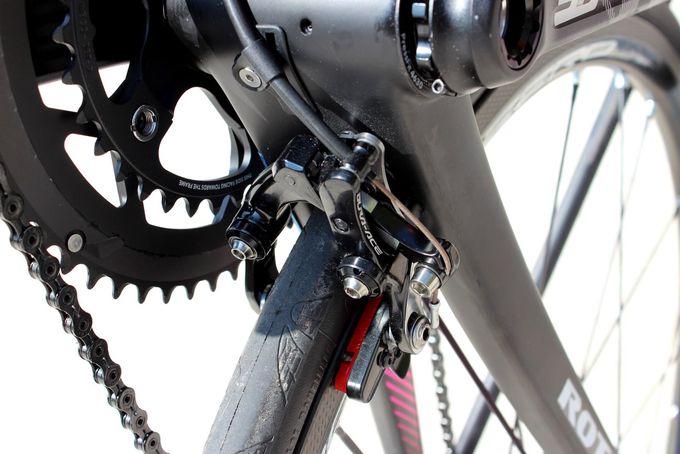
Speaking of which, the Scultura will initially be available in three builds. The Scultura Team will come with Shimano Dura-Ace Di2 and Fulcrum Racing Zero Carbon wheels, based around the CF4 frame in a team colourway, and will hit that aforementioned 6.6kg weight, while the Scultura CF5 will come in two build options. The first will be equipped with a SRAM Red 22 groupset and DT Swiss’ new featherweight, tubeless-ready Mont Chasseral carbon clincher wheels, for a claimed weight of 5.8kg without pedals. The 4.56kg Scultura 9000 Ltd which we mentioned at the top will come with SRAM Red shifters and derailleurs, Tune Skyline wheels, AX Lightness crankset, stem/handlebar, seatpost and saddle, Vittoria tyres and Jagwire cables. Prices are yet to be confirmed, but don’t expect any of them to leave much change in your wallet. However, a more affordable (and so heavier) version of the Scultura is in the offing, with prices likely to drop down to around £2,000, though that’s still to be confirmed). A high-end alloy version could be in the offing too, in a similar move to what Trek have done with the Emonda ALR.
That’s the Scultura’s two key design objectives – weight and aerodynamics – covered, now let’s run through some of its other features. The existing Scultura was only capable of fitting a 23mm tyre at the rear, but, given the trend towards wider tyres, Merida’s designers sought to change that here. “When we started the [Scultura] project [in 2006], 23mm was the road standard, 25mm was more for touring,” said Falke. We’ve covered the benefits of switching to a 25mm tyre before [LINK] and one of them is comfort, as it offers a bigger air chamber and the tyre can potentially be run at a lower pressure, without impacting on puncture protection and rolling resistance. Moving the Scultura’s rear brake from the seatstays to the bottom bracket is also driven partly by comfort, while Merida’s ‘Bio Fiber Damping Compound’ basically means they’ve tweaked the carbon layup in key areas to allow for more vibration absorption. There’s also a 27.2mm seatpost – a standard move by manufacturers seeking to improve comfort. All that results in a claimed 30 per cent improvement in comfort over the old Scultura – Merida’s figures, not ours.
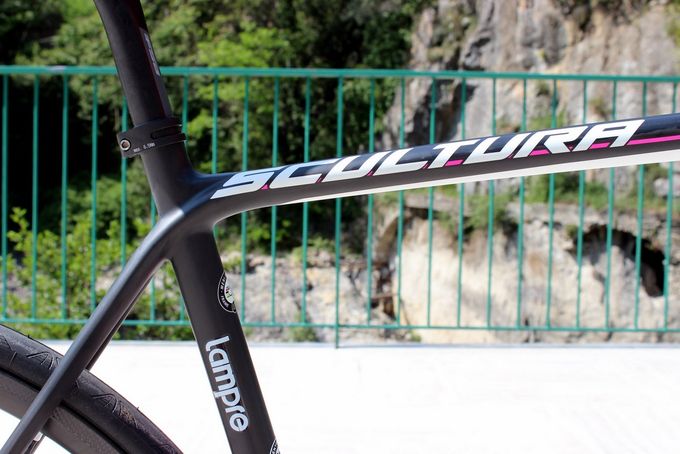
As for the geometry, it’s aggressive, as you’d expect for a bike designed to be raced at the highest level. Seven sizes are available (44, 47, 50, 52, 54, 56, 59cm) but Merida’s sizing is a little confusing in that the naming convention refers to the seattube length, as opposed to the toptube length as is normally the case. Let’s take Merida’s 54cm frame as an example: it has a 56cm toptube, 155mm headtube and matching 73.5 degree head and seattube angles. The stack is 557mm and the reach is 395mm. Merida were keen to keep the short 400mm chainstays of the old Scultura across all sizes, which should keep the handling snappy.
A couple of final details: all cables run internally, and the bottom bracket is an oversized BB386 EVO unit. That’s it for now, other than to say the Scultura is expected to be available from late-summer, but keep an eye out for it at the Giro d’Italia. We’ll confirmed prices and exact spec details in due course, but in the meantime look out for a first ride report on RoadCyclingUK. We’re off to take the Merida Scultura Team for a spin in the Italian hills close to San Remo.
Website: Merida Bikes

